Serra Frankenthaler and Kruger
- mcohe7
- Sep 22
- 2 min read

The Guggenheim Bilbao is located along the river and is meant to represent the heritage of the city’s port. You will see once inside, except for the public spaces, the galleries look like “normal” display areas and the work looks fantastic.
This museum is reminiscent of Gehry’s other museum in Paris, the Louis Vuitton Museum (not a showcase for handbags), an art museum. Both seem to have a similar focus of rotating show though this one has some works in a permanent collection.
One of the first major works in the museum collection was Richard Serra’s “The Matter of Time” which fills a huge space on the first floor of the museum. It’s spectacular and while I’ve seen it online I loved being inside of it in person. We will be learning more about Richard Serra if you are in Art Appreciation in a week or two.

Helen Frankenthaler’s retrospective was just the right size, about 50 paintings, drawings, and sculptures all of which were new to me so it was a real pleasure as it always is to see a body of one artist’s work over time.

“Open Wall”, 1953 was the first painting featured and is quite large. Frankenthaler spent a lot of time on Cape Cod in the 50s and 60s with her artist husband Robert Motherwell. She also befriended sculptor David Smith and they shared the mantra of “No Walls”.
“Western Dream”, 1957, “Santorini”, 1966, “Tutti Frutti”, 1966

Alassio, 1960
In the 1970’s she reinvented herself traveling and spending more time away from the art scene in New York City. Seascapes, landscapes, and vertical compositions reflecting the urban environment. More of the staining technique entered her work with friendships she developed with Morris Louis, Kenneth Noland, and Mark Rothko. Left to right: “Ocean Drive West”, 1974, “Eastern Light”, 1982, and “Madrid”, 1984.

The living room with Motherwell on the right, Rothko over the fireplace, and Frankenthaler’s most famous painting, “Mountains and Seas”, 1952.
Left to right: “Southern Exposure”, 2002, “Rake’s Progress”, 1991, “Driving East”, 2002
By the 1990s she approached painting spontaneously but finishing intentionally and using more mixed media such as gel medium and acrylic and using “non-art” tools such as trowels like rakes, towels, and rags. Towards the end, her work simplified some but never lost its dedication to beauty.
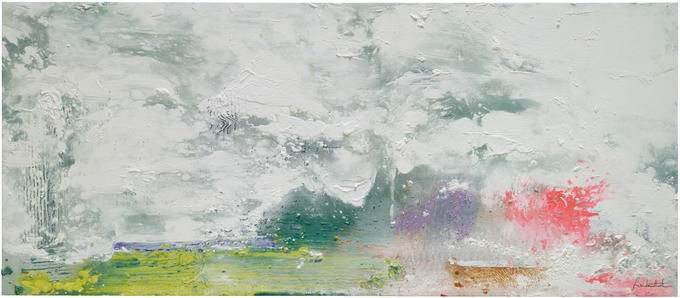
Even at the end of her life (she died in 2011) she philosophized about aging “Over time, we’re left with the best” unemcumbered by rules.
Barbara Kruger almost needs no explanation. This was the first comprehensive survey of her work in Spain and some of the installations were in Spanish and Basque. Kruger harnesses the power of words and images to question the structures that shape our daily lives- identity, desire, truth, and control.
“At a time when information is constant and truth feels increasingly unstable, Kruger’s work encourages us to slow down, read closely, and think deeply. With wit, urgency, and visual precision, she reminds us that images speak and so must we.” From the informational panel at the opening of the show.










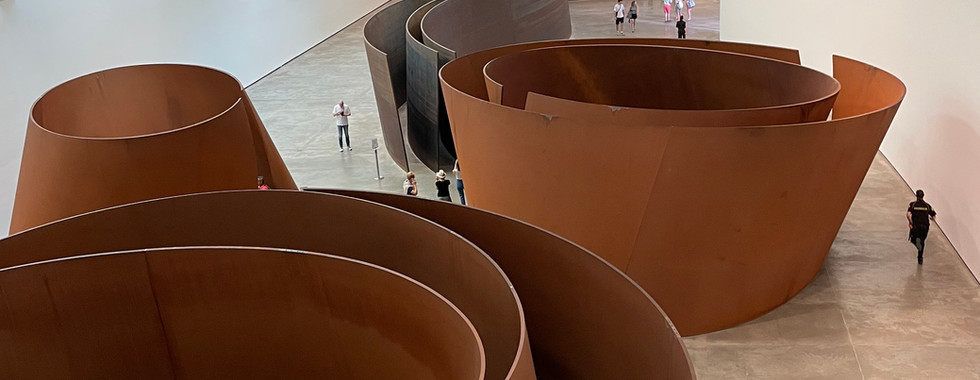
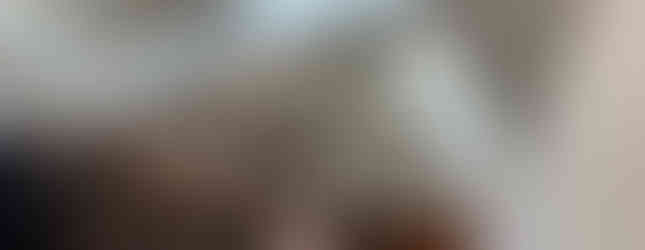

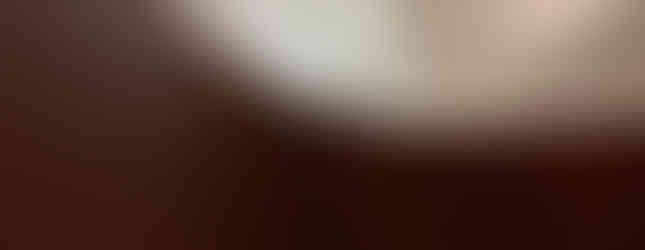



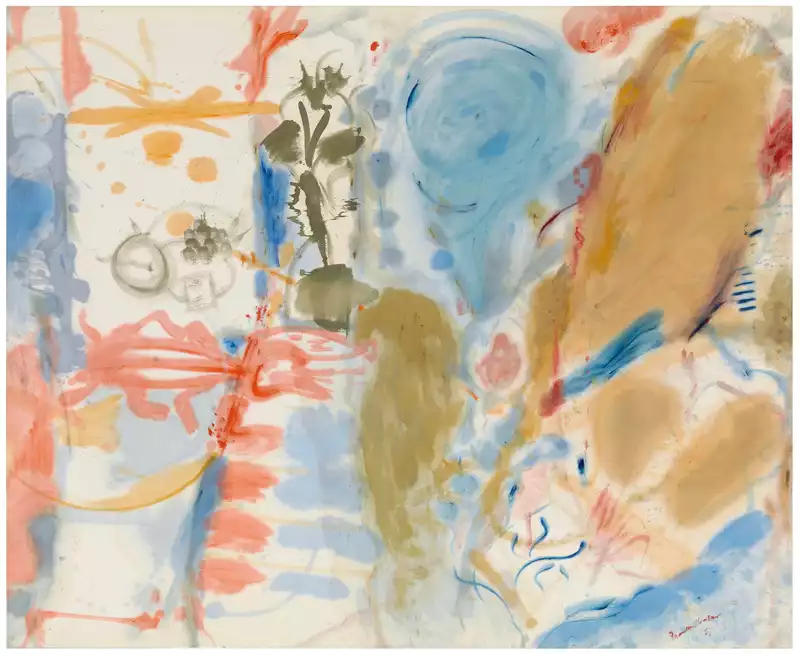





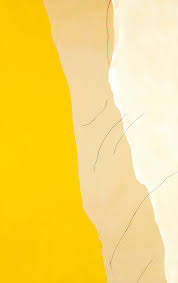
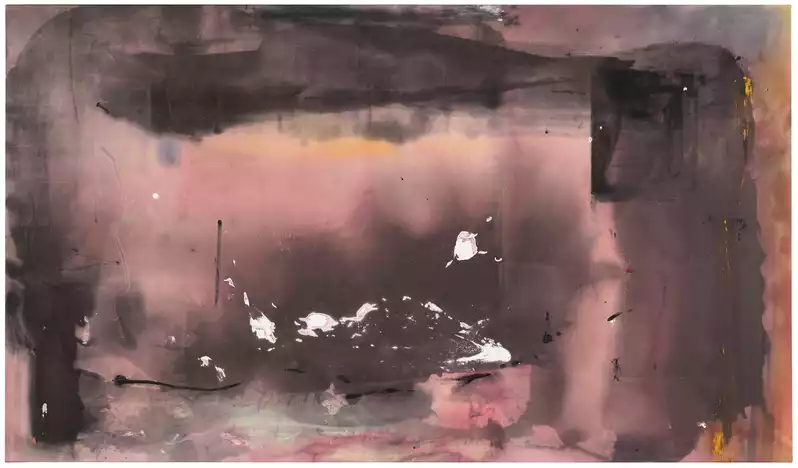




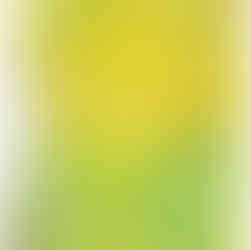






































Comments